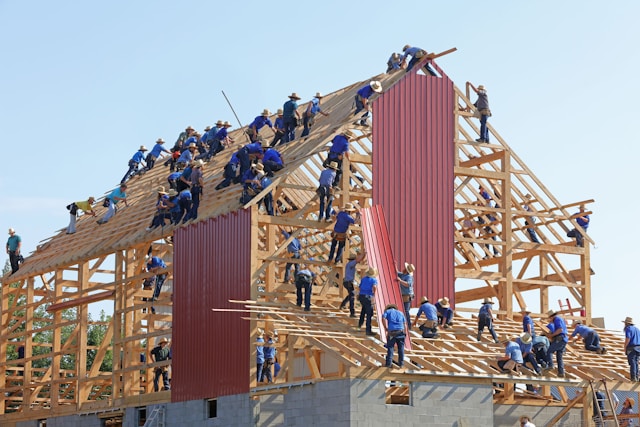
SAFETY IN WORKING AT HEIGHTS: NEW REGULATIONS AND PROTECTION TECHNOLOGIES
Working at heights is among the most dangerous activities in the construction and industrial sectors. Falls are one of the leading causes of injuries and fatalities. To enhance worker safety, new regulations and advanced technologies have been developed. This article examines these developments, focusing on fall arrest systems.
New Safety Regulations
International and National Regulations
In recent years, international standards like ISO 45001 and European directives have been updated to improve safety in working at heights. At the national level, for example, Italy’s Legislative Decree 81/2008 sets specific requirements for the use of personal protective equipment (PPE) and risk assessment.
Advanced Protection Technologies
Fall Arrest Systems
Fall arrest systems include safety harnesses, energy-absorbing lanyards, and lifelines. These devices are designed to prevent falls or quickly arrest them, reducing the risk of injury.
- Safety Harnesses: Evenly distribute fall arrest forces across the body.
- Energy-Absorbing Lanyards: Reduce impact energy during a fall.
- Lifelines: Provide a secure anchorage point for workers.
Wearable Technologies
Wearable technologies, such as smart helmets and biometric sensors, are enhancing safety. Smart helmets can include augmented reality visors and fall detection sensors, while biometric sensors monitor workers’ vital signs to identify stress or fatigue conditions.
Training and Safety Culture
In addition to technologies and regulations, continuous training and promoting a safety culture are essential. Regular training programs on the proper use of PPE and risk awareness can significantly improve workplace safety.
Safety in working at heights is a top priority. New regulations and advanced technologies are creating safer work environments. With the combined efforts of regulators, companies, and workers, we can continue to reduce the risk of serious accidents in working at heights.
